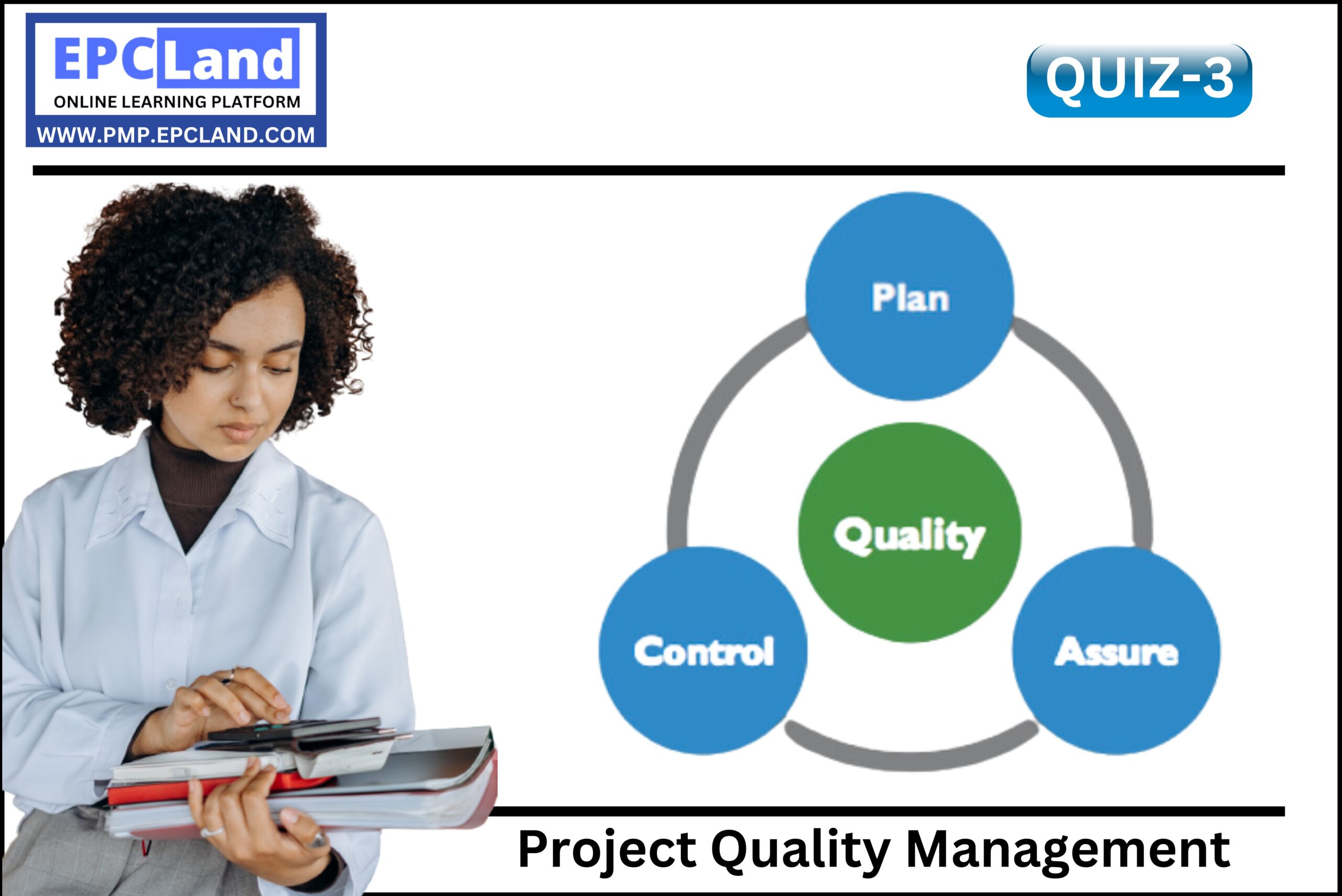1.
What does ‘‘cost of acceptance’’ mean?
2.
Project quality assurance:
3.
The Japanese developed a method of modern quality management that relies on continuing small improvements involving everyone from the top management to the lowest level worker in the organization. This is called:
4.
The ISO 9000: 2000 standard is used to:
5.
A control chart controls a manufacturing process. Measurements are taken while the process is operating one time each hour. At each hour five sample parts are measured, and the results are recorded and plotted on a control chart. During the last five hours the following data was observed for X bar and R. The upper control limit for X bar values is 142 and the lower control limit is 102. The value on the control chart for X bar is 122 and the value for R bar is 3. What can be said about this process?
6.
The diagram that ranks defects in the order of frequency of occurrence and shows the number of defects and the cumulative percentage from the greatest number of defects to the least number of defects is called a:
7.
The quality management plan provides input to___________ and addresses quality control, quality assurance, and quality improvement.
8.
Employees of a company were measured on the amount of scrap that they produced over a period of time. The number of hours of training that they had was also measured. When these results were plotted on a scatter diagram, they were found to be negatively correlated. This means that:
9.
When the quality management discipline is implemented, the benefits to costs ratio should at least be:
10.
The primary benefits of meeting quality requirements are:
